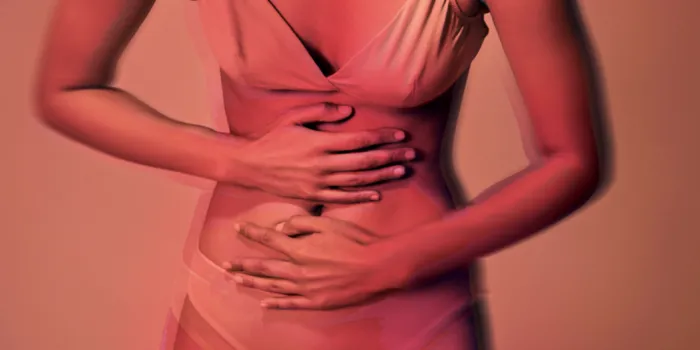Polycystic ovary syndrome and endometriosis are two common disorders in women. Heavy and irregular bleeding are hallmarks of both, making these conditions especially concerning in women with blood and bleeding disorders.
“The fact that somebody has a bleeding disorder doesn’t necessarily predispose them to other gynecologic types of problems,” says Kalinda Woods, M.D., an OB/GYN with the Emory University School of Medicine in Atlanta. “However, if they do incidentally have another
diagnosis, then the bleeding disorder will certainly exacerbate whatever abnormal uterine bleeding they’re having.”
About PCOS and Endometriosis
In polycystic ovary syndrome, or PCOS, hormonal imbalances interfere with ovulation to the point where someone may not ovulate for months. As a result, the ovaries can develop small cysts that produce excess androgens — male hormones that are typically present in small amounts in women without PCOS. The uterine lining (endometrium) can become thicker, resulting in heavier and longer periods. Other symptoms of PCOS include excess hair growth, acne, and infertility.
Endometriosis is a condition in which the tissue that usually lines the uterus grows outside of the uterine cavity, such as on the bowel, or on tissue in and around the abdomen. The disorder causes pelvic pain with menstruation. Pain can also occur with bowel movements or during sexual intercourse.
A complication of endometriosis called endometrioma presents the most risk to women with bleeding disorders. An endometrioma is a cyst that forms on the ovaries as a result of endometriosis. The cysts are known as “chocolate cysts” because they contain old, brown menstrual blood.
“These cysts can be huge, and they can rupture,” Woods says. “The internal bleeding can be profound. If somebody has a bleeding disorder and an endometrioma ruptures, that can cause a catastrophic hemorrhage.”
Treatment Options
Woods says PCOS and endometriosis are typically treated with hormonal contraception methods such as the pill, NuvaRing, or a hormone-releasing intrauterine device. “Interestingly, we treat these conditions the same way we treat a bleeding disorder,” she says. “So sometimes treating one will help mitigate the symptoms of the other.
“These contraceptives suppress ovulation, which stops the hormonal cascade, which stops the pain, which stops the bleeding. We can kind of kill two birds with one stone by managing somebody’s bleeding due to PCOS or endometriosis and managing their bleeding condition.”
Woods stresses the importance of diagnosing PCOS and endometriosis early to avoid complications. “Complaints of pelvic pain and painful periods should never be ignored,” she says. “They should always be investigated.”

